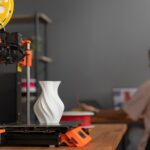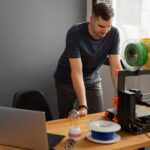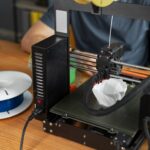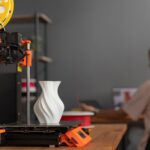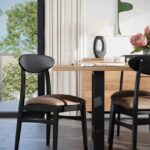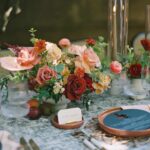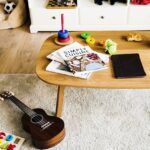Polylactic acid or better known as PLA is considered to be the same thing to 3D printers as Windows is to PCs. This is the most commonly used filament for commercial 3D printers since it is an eco-friendly, low-warp thermoplastic that can be used for a variety of 3D printing applications. Although some say that it generates a sweet candy-like smell, PLA is considered to be generally odourless and it doesn’t require a heated bed (but it can be quite useful). This biodegradable filament is made from annually renewable resources and it can be composted. The PLA filament is stiff and strong but brittle. It is also considered a good option for beginners since it is affordable and it has a good shelf life.
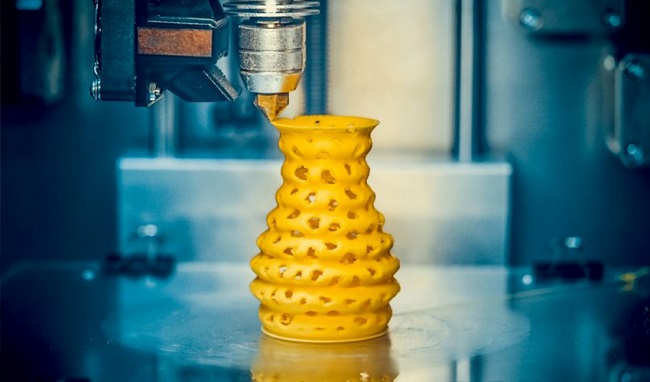
How Long Does PLA Filament Last?
PLA can last anywhere from a month up to 2 years but this depends on the environment in which it is stored. The PLA 3D printer filament is not soluble in water but it is known to absorb moisture over time. This can cause it to swell and render it useless and it can also cause bubbles and gaps in a printout. To prevent this PLA needs to be adequately stored.
How to Store PLA Filament?
The most important thing to remember when finding the perfect storage place for PLA is that you need to protect it from moisture at all times. A PLA 3D printer filament shouldn’t be stored for more than 12 months – you shouldn’t buy more than a year’s worth of PLA printer filament. It’s best to store your PLA filament in an airtight container together with a desiccant. Some common desiccants are molecule sieve, clay desiccant and silica gel. You can also use the do-not-eat packets that come together with shoes.
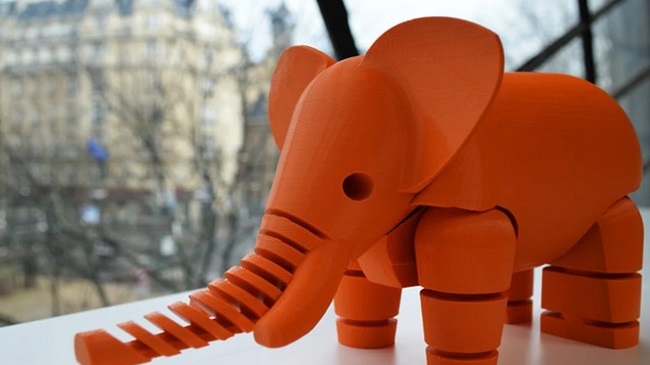
How & When to Use it
Although PLA is not suitable for high-stress parts and components that need to withstand high temperatures, it is a great option for rapid prototyping, cosmetic prints, desk toys and containers. You can also use it to make visual models such as figures and characters, non-functional prototype parts and low-wear toys.
This is why you need to have the 3D printer’s extruder temperature between 190° and 220° without a special hot-end. The build surface can be anything from PEI (polyethirimide) and glass plate to glue stick and painter’s tape. The heated bed, although optional, can be of great benefit when set at a temperature between 45° and 60°. It is highly recommended that you use a fan that can cool down the printed parts from every direction and that you increase the perimeter outlines of your prints. This will make for a strong bond between the layers which will result in stronger parts too.
PLA Blends
Algae
This is a sustainable PLA blend that is made of algae harvested from overpopulated areas where the algae pose a threat to the environment. This eco-friendly and biodegradable option is very similar to sandstone. It also requires less power to print it as it has a lower printing temperature than regular PLA.
Bronze
Bronze PLA blend is a tough material to print and it looks and feels like bronze too. This blend can be polished to get a nice metallic shine and you will also need to get a brass nozzle after a couple of spools.
Brass
With this blend you get a nice metallic shine too but you must treat it very carefully in order to get good results. Brass PLA is abrasive to brass nozzles as it is an alloy of copper and zinc put together with PLA.
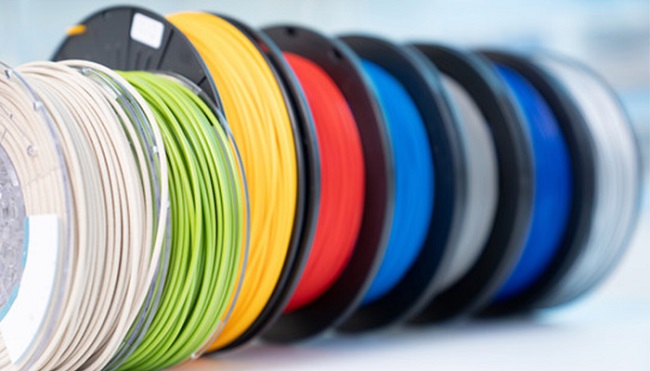
Aluminium
Aluminium makes for a lightweight PLA blend which is also capable of wearing out your nozzle but it gives you a cool aluminium look. This type of blend is basically a finely ground aluminium powder infused into polylactic acid.
Carbon Fibre
If you are someone who wants to print rigid parts for your RC models then carbon fibre PLA is the best blend for you. For this type of blend it is important to use a hardened steel nozzle so it doesn’t wear out very quickly.
Bamboo
With a bamboo PLA blend you can make components that smell and look like bamboo. They will also feel like bamboo since the polylactic acid is mixed with bamboo fibres.
Birch Wood
Birch wood PLA will give your parts a light brown colour and make them feel and smell like birch wood. Again, this blend consists of birch wood fibres alongside the primary ingredient.
Glow-In-The-Dark Blend
If you want to make your kid’s room more interesting at night then consider using this type of blend – it can be your next birthday gift. Glow-In-The-Dark PLA consists of phosphorescent pigments which allow the item to get charged during the day and glow in the dark. This is an abrasive material too so it’s best that you check your nozzle before using it.
Fluorescent
If you want to make an item with a vibrant colour, using fluorescent PLA will do, but it won’t make items glow in the dark. This blend contains fluorescent pigments which do not need sunlight to charge.
Conductive
Conductive PLA usually contains graphene, a form of carbon which allows you to run electricity through the item. This way you can make electrical wires separately or run them through the build so you don’t have to set them up afterwards.

